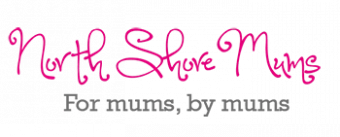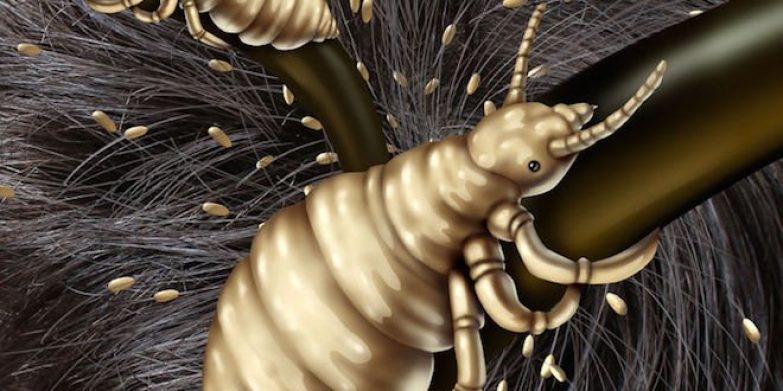There is a terrible sinking feeling when you look over from cooking dinner and see your child itching their head. Even worse when your search reveals CRAWLY things in your darling’s hair. Unfortunately, head lice or nits (the eggs) are very common in children, explains NSM (three beautiful girls under the age of four) and GP at Cremorne Medical Practice Dr Isis Maitland-Scott.
With the exception of the common cold, head lice affects a greater number of children than all other communicable diseases combined. And while there are no serious or long-term health problems associated with head lice, they are extremely contagious and often symptom free.
What are lice and nits
The head louse is a tiny grey insect which lives for about a month and lays about 10 eggs per day at the base of hairs, near the scalp. Since the eggs are firmly attached to the hair, they move away from the scalp as the hair grows. Lice do not fly or jump. They are spread by person-to-person contact or by sharing clothes and personal items. You can get head lice from head-to-head contact with someone who has them or, less commonly, from sharing items such as hats or combs. However, you can’t get them from pets.
How do you know if your child (or you!) has nits?
Despite what we all know as a symptom of nits – an itchy head – most people with head lice do not have any symptoms at all!
So, if you see your child itching, someone else in the family or a friend, or you’ve been told the school has had cases of nits, it’s best to check. Special ‘nit combs’ can be used to assist with the diagnosis. Before using the fine-toothed comb, use a regular brush or comb to remove any tangles, then apply hair conditioner to make the hair easier to comb. Pull the comb through the hair from the roots to the ends examining the comb after each pass and combing the whole head twice. Finding the occasional egg (nit) without any bugs (lice) does not necessarily mean that there is an active infestation; nits can be found for months after lice are treated as they are very sticky and difficult to remove.
Different schools have different policies about nits, so it’s best to check, but generally speaking it is safe to go to school after the first treatment as all the live insects are removed and, therefore, your child is no longer contagious!
Getting rid of lice
There are three different proven ways to get rid of head lice.
- Over-the-counter topical creams (insecticides)
- Wet combing
- If all else fails, you can take an oral medicine prescribed by your doctor
Topical treatments
There are a number of options available at your pharmacy that are proven to be effective against head lice, and the pharmacist will be able to direct you to the range they have and which contain insecticides. The current Australian recommended topical insecticide treatments for head lice are all sold over the counter at local pharmacies, and all the treatment regimens are clearly marked on the boxes. All treatments should be repeated after seven days to ensure all of the eggs are killed. It’s worth noting that a number of products are marketed for the treatment of head lice but do not contain any insecticides, and these have not been shown to be any more effective than wet combing (and cost a lot more money).
There are also various resistances to certain insecticides depending on where you live, and this changes constantly, so it is worth trying a different type if the first doesn’t seem to work. If you have tried one a few times please see your doctor as there are other options available for very resistant lice.
Wet-combing
Wet-combing is a way to remove lice from the hair with careful and repeated combing. It is a good option for treating very young children or if you want to avoid using insecticides. However, wet-combing is time-consuming and must be repeated multiple times over a period of a few weeks. And even if done correctly this method is only about 40 per cent effective. To wet-comb the hair you’ll need to add a lubricant, such as hair conditioner or olive oil. The combing session should take 15 to 30 minutes, depending how long and thick the hair. Repeat combing every two to three days until two about weeks AFTER you find any large adult lice.
What else?
Apart from taking care of your child’s lice/nits, you will also need to get rid of and kill the lice on items in your home so you don’t get lice again. To do this, you can wash clothes, bedding and towels in hot water and dry them on the hottest setting of the dryer or hang them out in full sun. Also, remember that if anyone in the house has nits, all of the adults and children in the same home should be checked … because they may not have any symptoms at all.
How have you found it best to treat lice/nits in your child’s hair? Share any tips in the comments section below.
More on child health…












